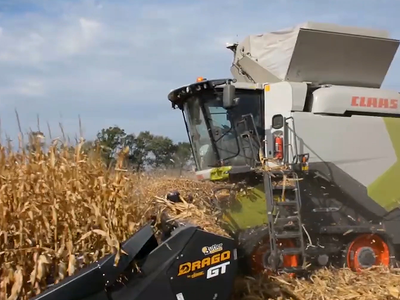Determining EPDs Accuracy
Determining EPDs Accuracy
I’m KayDee Gilkey with today’s Open Range.
Performance data and expected progeny differences - or EPDs - are driving selection decisions in today’s cattle business. But how can you be certain those estimates are accurate?
An EPD is a best estimate of an animal’s genetic worth as a parent - and to determine how trustworthy that estimate is - breeders can look to accuracy values.
Tonya Amen - Genetic Service Director for Angus Genetics Incorporated - explains that often times the accuracy value associated with each EPD goes under utilized.
Amen: “With each EPD we also calculate an accuracy value which you can often find the box beside or underneath the EPD. Accuracy values range from .05 up to .99. With .99 meaning that we have the clearest picture of that animal’s genetic worth as a parent, in other words their EPD is the most accurate.”
Amen shares an example.
Amen: “Let’s say that you are considering two bulls in your operation and birth weight is an important selection criteria for you. Both of these bulls --A and B -- have a birth weight EPD of 1.8. The only difference is that the accuracy rate bull A’s EPD has an accuracy of .2 while Bull B has an accuracy of .9.”
Amen: “So I encourage you when making your bull buying decisions take a look at EPDS but also take a look at the accuracy value to know how confident you can be in that value.”

















